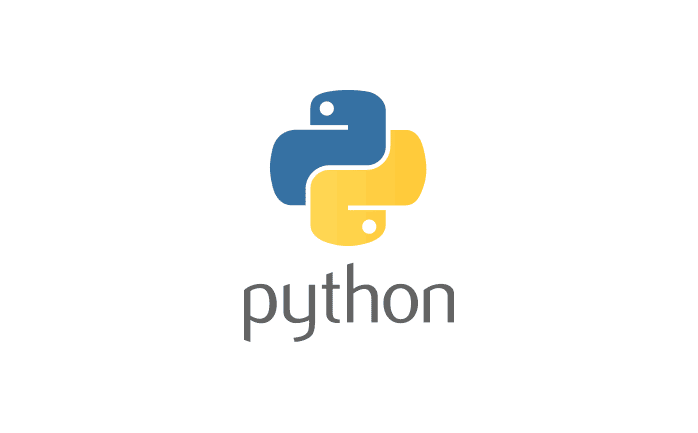
Python Indentation
Indentation refers to the spaces at the beginning of a code line.
Where in other programming languages the indentation in code is for readability only, the indentation in Python is very important.
Python uses indentation to indicate a block of code as below.
if 5 > 2:
print("Five is greater than two!")Variable Names
A variable can have a short name (like x and y) or a more descriptive name (age, carname, total_volume). Rules for Python variables:
-
A variable name must start with a letter or the underscore character
-
A variable name cannot start with a number
-
A variable name can only contain alpha-numeric characters and underscores (A-z, 0-9, and _ )
-
Variable names are case-sensitive (age, Age and AGE are three different variables)
-
Multi words variable names :
Camel case (myVariableName = "John"),
Pascal case (MyVariableName = "John"),
Snake case (my_variable_name = "John")
Data Type
Python has the following data types built-in by default, in these categories:
- Text Type: str
- Numeric Types: int, float, complex
- Sequence Types: list, tuple, range
- Mapping Type: dict
- Set Types: set, frozenset
- Boolean Type: bool
- Binary Types: bytes, bytearray, memoryview
Python Arithmetic Operators
+ Addition x + y
- Subtraction x - y
* Multiplication x * y
/ Division x / y
% Modulus x % y
** Exponentiation x ** y
// Floor division x // yPython Assignment Operators
= x = 5 x = 5
+= x += 3 x = x + 3
-= x -= 3 x = x - 3
*= x *= 3 x = x * 3
/= x /= 3 x = x / 3
%= x %= 3 x = x % 3
//= x //= 3 x = x // 3
**= x **= 3 x = x ** 3
&= x &= 3 x = x & 3
|= x |= 3 x = x | 3
^= x ^= 3 x = x ^ 3
>>= x >>= 3 x = x >> 3
<<= x <<= 3 x = x << 3Python Comparison Operators
== Equal x == y
!= Not equal x != y
> Greater than x > y
< Less than x < y
>= Greater than or equal to x >= y
<= Less than or equal to x <= yPython Logical Operators
and Returns True if both statements are true x < 5 and x < 10
or Returns True if one of the statements is true x < 5 or x < 4
not Reverse the result, returns False if the result is true not(x < 5 and x < 10)Python Identity Operators
is Returns True if both variables are the same object x is y
is not Returns True if both variables are not the same object x is not yPython Membership Operators
in Returns True if a sequence with the specified value is present in the object x in y
not in Returns True if a sequence with the specified value is not present in the object x not in yPython Bitwise Operators
& AND Sets each bit to 1 if both bits are 1
| OR Sets each bit to 1 if one of two bits is 1
^ XOR Sets each bit to 1 if only one of two bits is 1
~ NOT Inverts all the bits
<< Zero fill left shift Shift left by pushing zeros in from the right and let the leftmost bits fall off
>> Signed right shift Shift right by pushing copies of the leftmost bit in from the left, and let the rightmost bits fall offOrder of Arithmetic Operators
( )***,/, 그리고%+와-
Concatenating Text Strings
String concatenation means add strings together.
Use the + character to add a variable to another variable:
x = "Python is "
y = "awesome"
z = x + y
print(z)Literal String Interpolation
1. %-Formatting
2. Str.format()
3. f-strings
n1 = 'Hello'
n2 = 'GeeksforGeeks'
print(f"{n1}! This is {n2}")4. String Template Class
Resources
